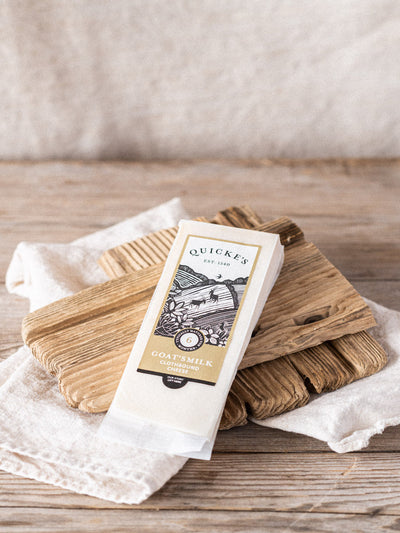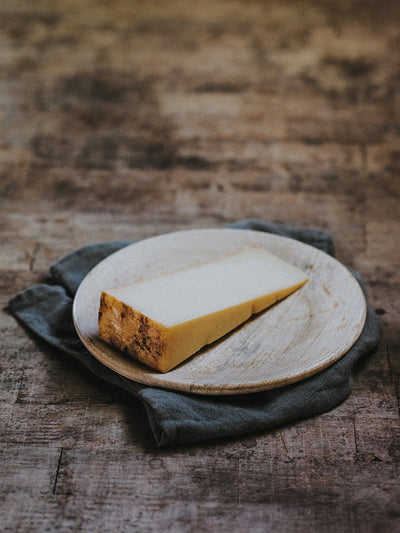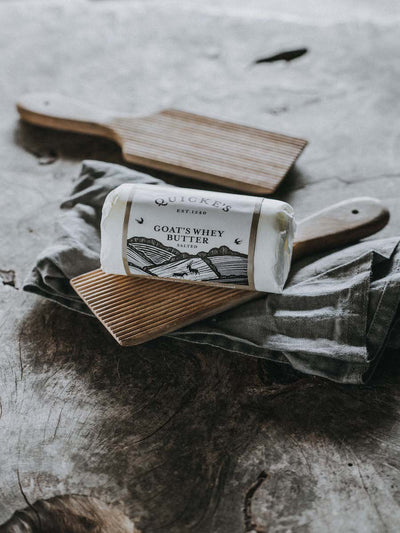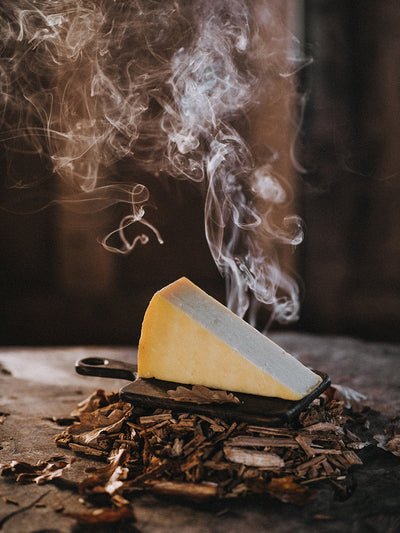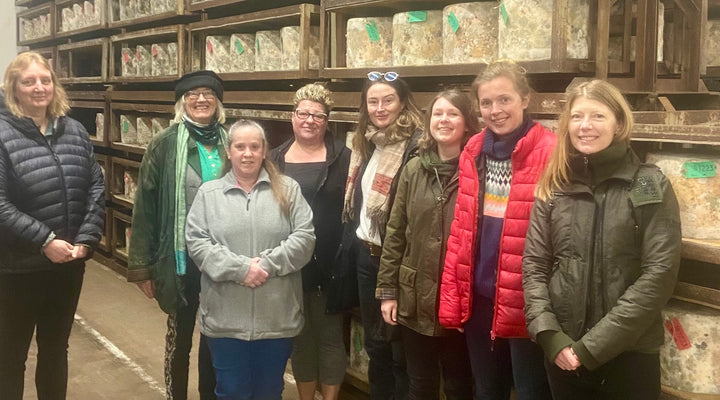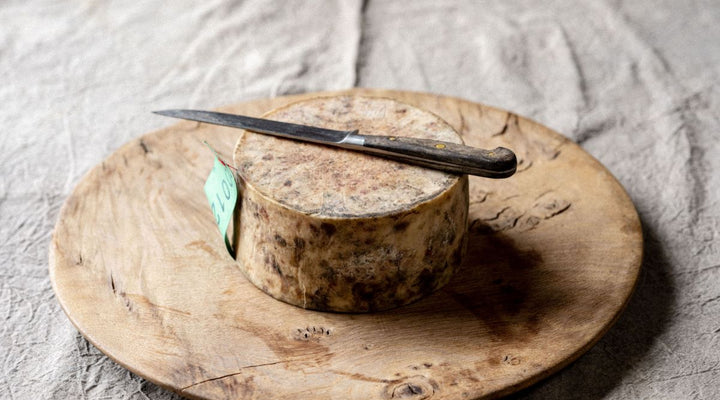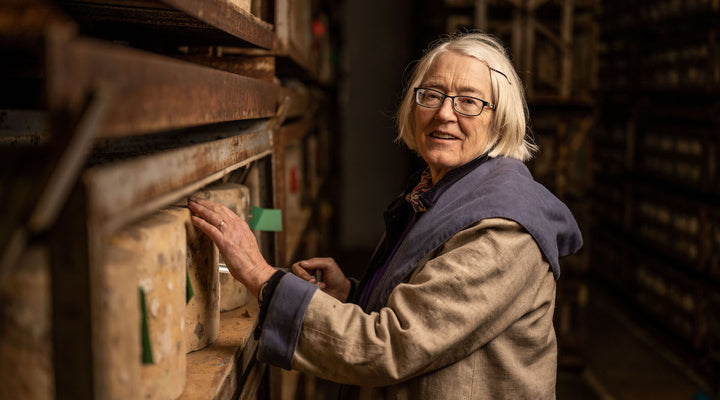It's said that All Hallows' Eve is one of the nights when the veil between the worlds is thin - and whether you believe in such things or not, those roaming spirits probably believe in you, or at least acknowledge your existence, considering that it used to be their own. Even the air feels different on Halloween, autumn-crisp and bright.
When it comes to the perfect pairing for a spooky shindig, a brush with the spirit world is firmly on our menu. Enter Conker Gin, a small batch distillery producing scarily-good gin in Dorset.
Conker Gin
An intricate gin of ten select botanicals, distilled and bottled by Dorset’s first gin distillery, nestled in the back streets of Bournemouth.
Whilst still a proper classic gin, led by a dry Macedonian juniper heart, the subtle incorporation of the Dorset notes of elderberries, samphire and handpicked New Forest gorse flowers brings bright and refreshing lighter notes to Conker.
Brazenly refreshing and deftly smooth, the Dorset Dry is crafted to stand up on its own, poured and adored over ice.
With crisp notes and a refreshing taste, mirroring an Autumnal evening, we needed something full bodied, earthy and moreish to take on the spirit world.
Double Devonshire
Double Devonshire Clothbound Cheese, pumpkin red from its natural annatto, not only looks the part but is the perfect counterpart to balance out the juniper-led classic craft gin.
A quietly sophisticated cheese with a subtle buttery flavour. Elegantly mellow with a creamy, long-lasting taste.
Our Double Devonshire Clothbound Cheese is our unique take on a classic Double Gloucester, with all the hallmarks you would expect from this world-renowned cheese.
A 'Quicke' History of Double Gloucester
Originally, cheese made in the Severn Vale was made from the milk of Cotswold Sheep. As early as 1498 so much cheese was being made in Gloucester that a permanent market was set up in Eastgate Street in the City of Gloucester. This is still the site of Gloucester’s indoor market today.
By Tudor times cows milk was the norm across the Vale of Berkeley and down to Bristol. This came mainly from Old Gloucester cows whose milk was ideal for cheesemaking with small fat globules that made a fine even textured cheese. In 1745, cattle plague all but wiped out the breed, which was replaced by the Longhorn. Once re-stocked, farms began to supply more liquid milk into London. In 1789, production of Gloucester cheese was estimated at more than 1,000 tonnes.
Double Gloucester was a prized cheese comparable in quality to the best Cheddar or Cheshire.
A frighteningly good pairing, that will have your guests howling at the moon!

